Let’s retrieve an obscure and long forgotten video-taped documentary about the making of a Dutch animation film. After all, some of its scenes would surely align smoothly and favourably with Materials in Motion’s current animation artwork conservation thrust! Alas, there was to be a Stately Sting in this would-be Holy Grail tale. Press “Fast Rewind” to see what happened all those years ago …
In The Hague in the late summer of 1991 a strictly informal video documentary was conceived, to follow the making of the landmark Dutch animation film Water People (1992) by Paul Driessen.
There was to be no script, no plan, and no budget. But, as a direct result of such perceived limitations, there was almost 100% freedom to just go out and create!
The creative philosophy behind the documentary? Just let events unfold and flow of their own accord in front of a recording video camera “eye”. Simplicity itself.
For Paul, as a renowned animation film artist, a question very frequently asked of him was: Isn’t it a lot of work to make an animation film? Typically, the short answer is “Yes”. But an extended video recording around the making of an animation film in the Netherlands would provide plenty of rich academic detail. Following the traditionally hand-crafted construction of Water People would ensure a more organic and accessible view of the long drawn out work processes involved plus also render visible the ongoing experiences of the many actors.
Fortuitously, at this time, ultra compact Video 8 cameras had entered the european consumer market. This development alone heightened one’s doumentary-making resolve.
After Water People’s completion as a fully-fledged commissioned film, these video recordings shot in parallel would reveal themselves to be worthy social documents, emphasising the warm collaborative feeling which underpinned all teamwork and play. Robust Dutch humour too was seen and heard to be a vital aid, or tool, in Water People’s troubleshooting and problem solving. There were never any obstructive barriers to shooting this video. Everybody concerned was supremely tolerant of the roving (hand-held) video-eye.
Back-room efforts are invariably passed over for inclusion in an official film’s credits. Yet such efforts, although minor in nature, can clearly be recognised as having contributed something positive and constructive to the film’s production as a whole. For example, a new custom-built (and this time SILENT!!!) stop-frame animation camera motor was designed and used for the black and white 35 mm film stock line-testing of the full 25 minute version of Water People. Studio office staff spontaneously assisted with creating or enhancing sound effects. A high-end, state of the art, stereo microphone employing “mid-side” technique was selflessly loaned to us for sensitive recordings on location. Let it be known that recording sounds of contented Dutch ducks in their natural habitat was a most challenging endeavour. Even supplying an array of shelves for drawings in the artist’s own office was only agreed to and erected after a considered discussion of requirements.
The video further depicts the discreet role of Water People’s producer, Nico Crama, whose seasoned project management skills entailed giving the team full encouragement and support. Banging-on about time and budget constraints did not exist. We see especially vanished ways of working, vanished film equipment and studios, and a vanished public cinema building. We see colleagues who are no longer with us.
So once again, “Yes”, there was indeed much labour involved in the making of a film such as Water People but this same film’s inherent qualities will unfailingly serve to delight and entertain generations for a long, long time to come. And if anyone requires an additional sprinkling of academic detail, we still have the video documentary too. In 1992 Edinburgh College of Art in Scotland became the first academic institution to make good and welcome use of excerpts from this video thanks to the initiatives of its – then – Animation Film department head, Donald Holwill.
Fast forward 26 years to the present day, and we are confronted with one last cautionary tale. Videotape recordings tend to degrade severely over time. Video cassette tapes themselves, of whatever format, can surreptitiously acquire mould unless stored under controlled conditions. We are still searching for a better copy, or better elements, of this particular Water People documentary video. But for the time being at least we have some relatively clean extracted video stills to time-travel with, and reflect upon.
Colin
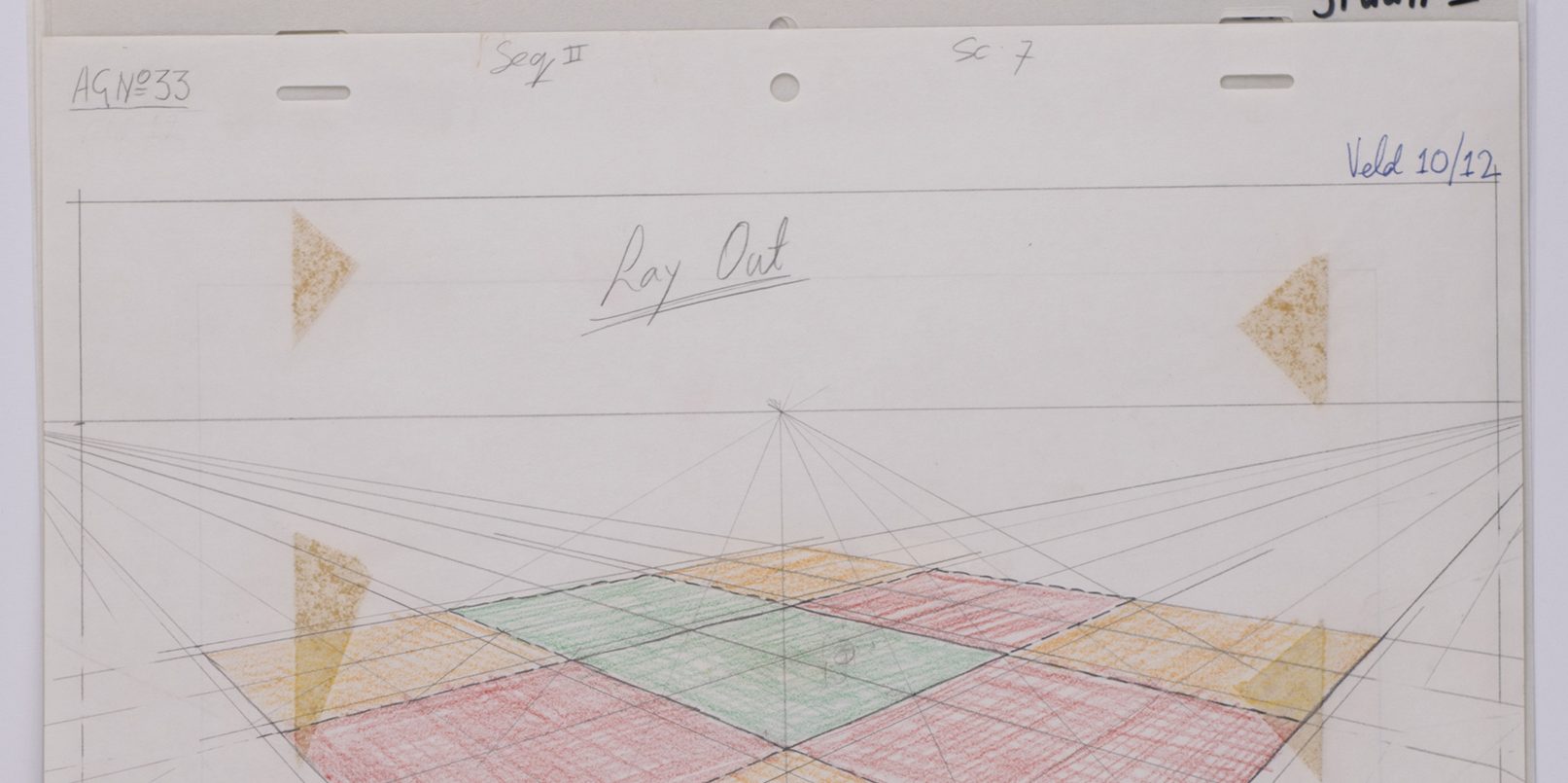
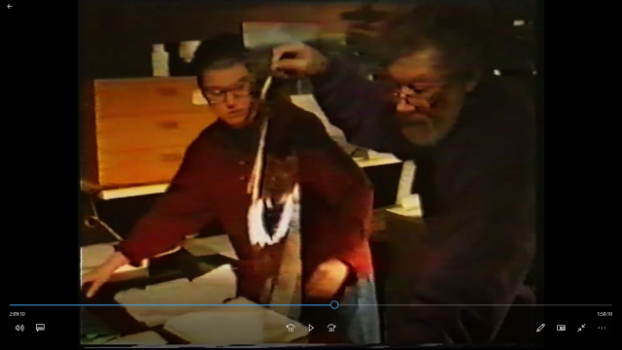
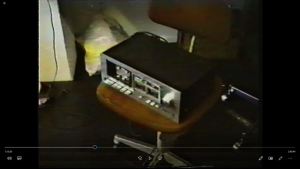
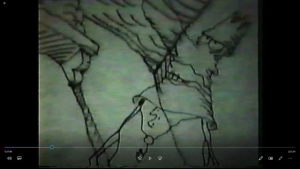
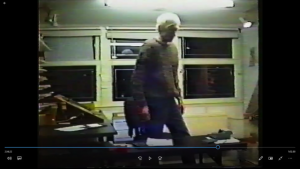
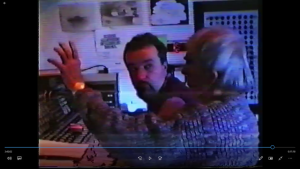
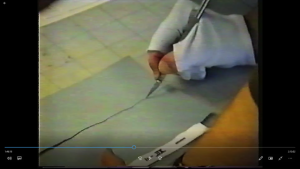
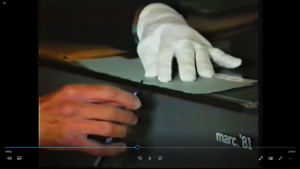
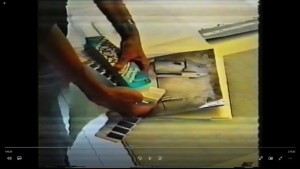
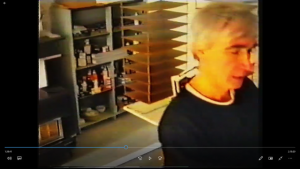
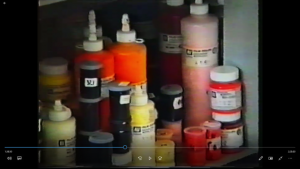
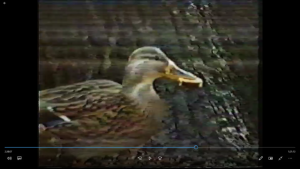
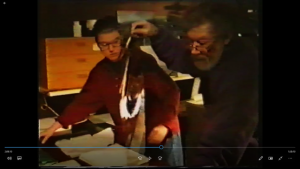
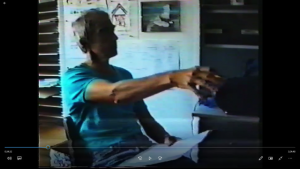
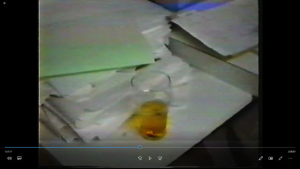
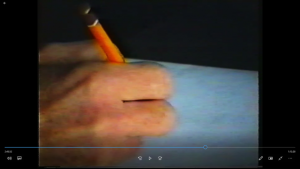
Spelling error report
The following text will be sent to our editors: